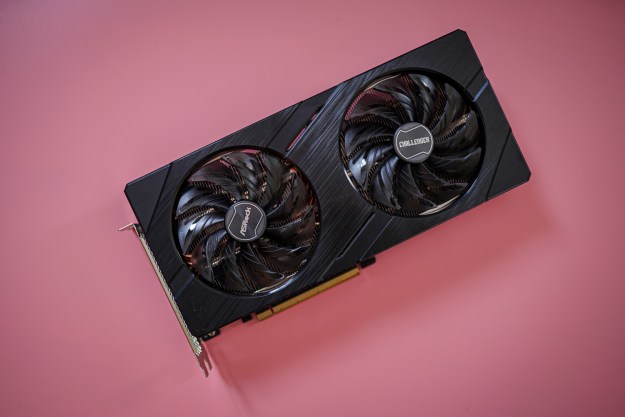While there are a few under-the-hood changes, improved 4K video playback and editing capabilities are definitely the flashiest new feature debuting in Kaby Lake. With the introduction of the New Media Engine, a new section of execution units built from the company’s integrated graphics hardware. They’re specifically built for decoding video, like HEVC and VP9, at the hardware level, improving both performance and power efficiency.
There’s a small boost in speed as well, with Intel quoting a 12 percent performance boost in general productivity from the Core i7-6500U to the Core i7-7500U, with the number reaching as high as 19 percent in web browsing benchmarks.
Kaby Lake also brings with it a change in nomenclature to the lower-power chips. What were formerly Core m5 and Core m7 chips are now full Core i5 and Core i7 models, but with the same low 4.5 watt TDP, as long as “they perform like an i7.”
But a change in Intel’s process is looming over this generation, and it’s going to put a lot of pressure on it. Starting in 2007, Intel employed the Tick-Tock model, where the company would produce an architecture, then shrink it down, then produce a new architecture at that size, repeating the process every year or two. But last year, things had to shift as Intel was unable to keep up with the mounting pressures of ever-shrinking hardware. Kaby Lake is the first generation to break the mold, as the last phase a of a three-part cycle.
These chips will start showing up first in high-end laptops by the end of the year, before they start trickling down to the more basic mobile computers. We’ve been seeing a lot more laptops as of late with screens over 1,920 x 1,080, so improved battery life doing what most people do on a laptop – play on the web and watch movies – is a decent quality of life improvement.
Editors' Recommendations
- Everything we know about Lunar Lake, Intel’s big next-generation chips
- I’ve used Intel CPUs for years. Here’s why I’m finally switching to AMD
- How Intel and Microsoft are teaming up to take on Apple
- Reviewers agree: Intel’s latest chip is truly ridiculous
- Intel CPU gaming crashes are causing an uproar


